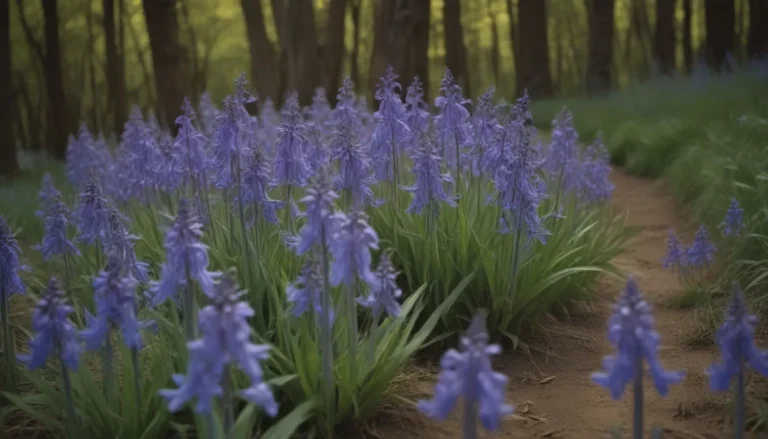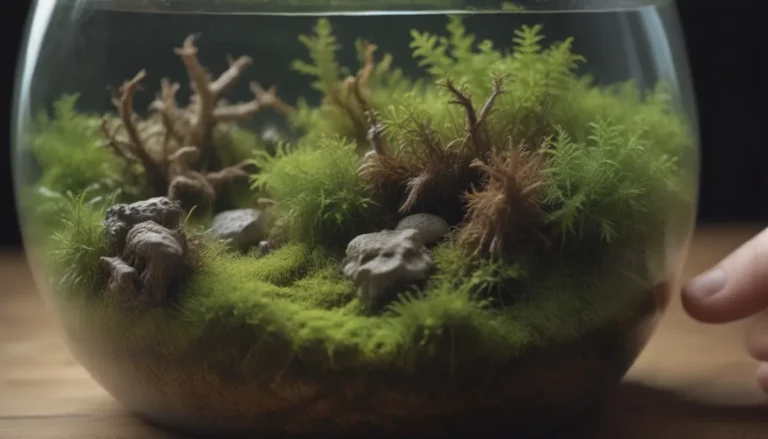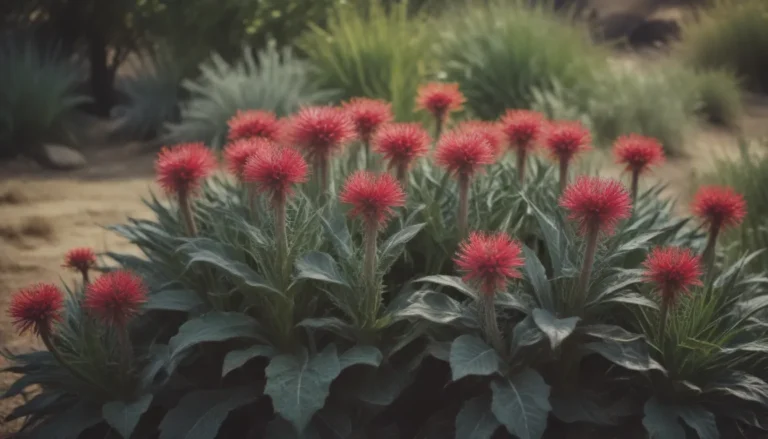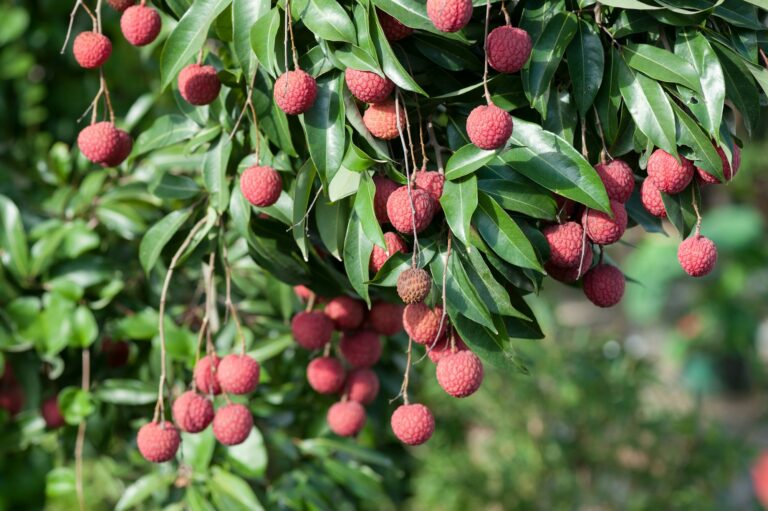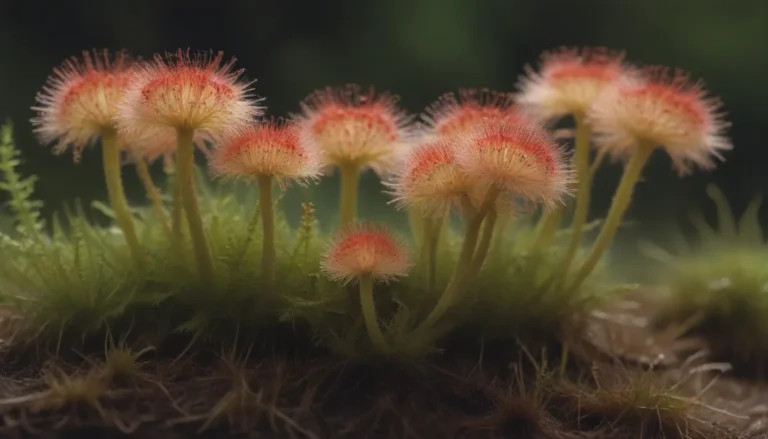The Ultimate Guide to Growing and Caring for Inaba Shidare Japanese Maple
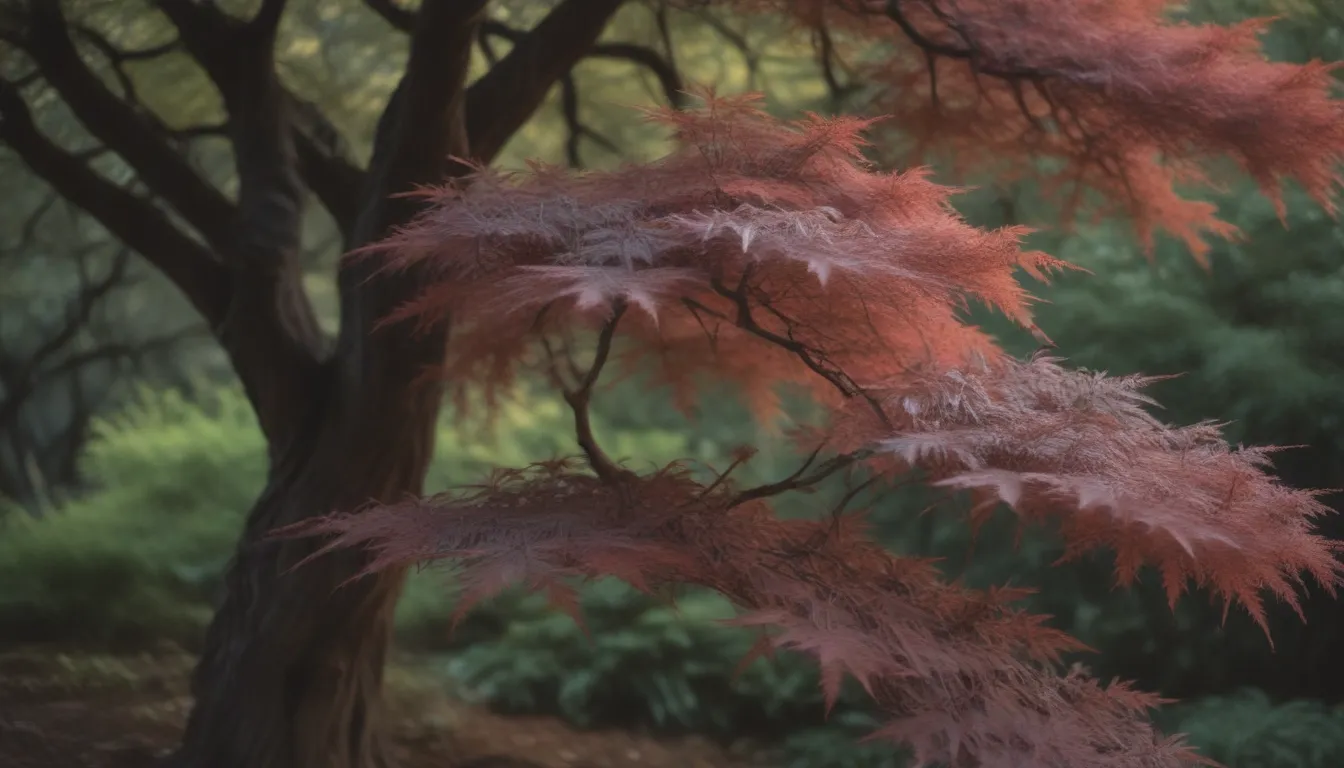
Are you looking to add a touch of elegance to your garden with the stunning Inaba Shidare Japanese maple? Known for its compact cascading form and feathery deep purple to red foliage, this small tree is a favorite among gardening enthusiasts. In this comprehensive guide, we will dive into everything you need to know to successfully grow and care for your Inaba Shidare Japanese maple.
Getting to Know the Inaba Shidare Japanese Maple
The Inaba Shidare Japanese maple belongs to the dissectum variety, characterized by its palmate leaves with deeply-cut margins. These leaves are 7-lobed and approximately 6 inches long, adding a unique texture to the tree. When it comes to growing conditions, the Inaba Shidare Japanese maple thrives in environments that are not extremely cold or hot. It requires full sun in cooler regions and benefits from some shade under scorching sunlight in warmer climates. Additionally, the tree prefers soil that is slightly acidic, moist, and well-draining.
Inaba Shidare Japanese Maple Care Tips
Light:
– In cooler regions, provide full sun for optimal growth.
– In warmer climates, offer some shade to protect the tree from the harsh afternoon sun.
Soil:
– Plant the Inaba Shidare Japanese maple in rich, well-drained soil.
– Consider using compost to boost soil fertility and improve drainage and moisture retention.
Water:
– Keep the soil around the tree evenly moist.
– Avoid letting the soil dry out completely or become waterlogged.
Temperature and Humidity:
– The tree is cold-hardy up to zone 5.
– It can tolerate heat and humidity up to zone 9.
– Avoid extreme heat and low humidity conditions.
Fertilizer:
– Fertilize annually in early spring with a fertilizer for acid-loving plants.
Types of Inaba Shidare Japanese Maple
In addition to the ‘Inaba Shidare’ variety, there are several other types of Japanese maple trees to explore. Each type offers unique characteristics in terms of height, leaf shape, and color. Some examples include:
– ‘Crimson Queen’ (Acer palmatum var. dissectum ‘Crimson Queen’)
– ‘Bloodgood’ (Acer palmatum ‘Bloodgood’)
– Golden Full Moon (Acer shirasawanum ‘Aureum’)
– Acer palmatum ‘Harriet Waldman’
– Acer palmatum ‘Abigail Rose’
– Acer palmatum ‘Orangeola’
Pruning Your Inaba Shidare Japanese Maple
While pruning is not a requirement, it can help maintain the health and shape of the tree. If you have space constraints, consider pruning your tree in late winter while it is still dormant to keep it compact. However, if you prefer a larger specimen, you can let the tree grow without pruning.
Propagating and Growing Inaba Shidare Japanese Maple
You can easily propagate the Inaba Shidare Japanese maple through cuttings or seeds. Here’s how you can propagate and grow your tree:
– Propagating from Cuttings: Take cuttings in late spring when new growth is still soft.
– Growing from Seed: Follow the stratification process to achieve successful results.
Potting and Repotting Your Inaba Shidare Japanese Maple
Inaba Shidare Japanese maple makes a beautiful potted tree, especially the dwarf varieties. When potting or repotting your tree, consider the following tips:
– Choose a porous container with proper drainage.
– Use top-quality potting soil without added fertilizer.
– Monitor watering more closely for potted plants.
– Repot every two years as needed to prevent root overcrowding.
Overwintering Your Inaba Shidare Japanese Maple
If you live in zones above 5, you may not need to take special steps for winterizing your tree. However, if you are concerned about cold temperatures, consider mulching the root zone or bringing a potted tree indoors for protection.
Common Pests and Plant Diseases
Inaba Shidare Japanese maple is susceptible to insect pests and diseases, especially in young trees. Common pests include Japanese beetles, scale, mites, borers, and aphids. Diseases such as verticillium wilt and pseudomonas blight can also affect the tree. Practice good garden hygiene and monitor your tree regularly to prevent and address pest and disease issues.
Common Problems for Inaba Shidare Japanese Maple
Several common problems can affect the health of your Inaba Shidare Japanese maple. These include leaf spot, sunburn, windburn, and discolored leaves. By maintaining proper care practices and promptly addressing any issues, you can keep your tree healthy and thriving.
Leaf Spot:
- Monitor for dark or light spots on the leaves.
- Treat promptly to prevent further damage.
Sunburn and Windburn:
- Plant in a protected area to shield against harsh sunlight and wind.
Discolored Leaves:
- Adjust fertilizer and sunlight levels to maintain vibrant leaf colors.
By following these care tips and guidelines, you can ensure that your Inaba Shidare Japanese maple thrives and enhances the beauty of your garden. With proper attention and maintenance, this stunning tree will continue to impress for years to come. Happy gardening!
